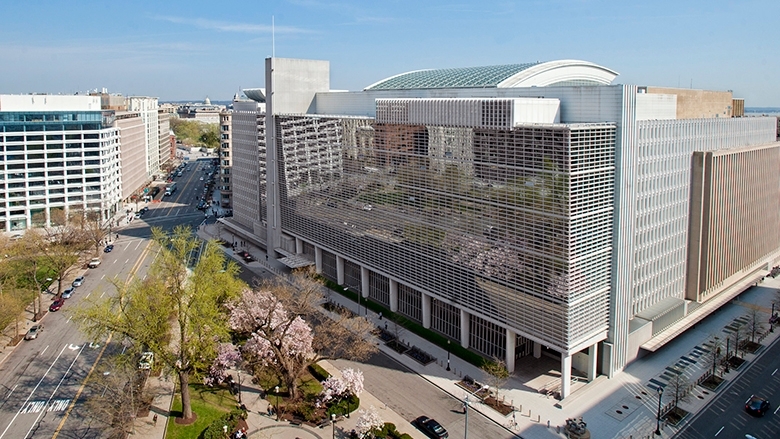
East Coast Gas Supply Faces Short-Term Challenges
The east coast gas supply outlook for 2025 and 2026 has deteriorated despite an easing in gas prices in the second half of 2024, according to the ACCC’s latest gas inquiry report, released today.
The report finds that there is a risk of shortfall in the fourth quarter of 2025 and throughout 2026 if Queensland LNG producers export all uncontracted gas.
It is expected that southern states will need to continually rely on gas from Queensland as their local reserves deplete.
There is no change to the medium-term outlook, with structural shortfalls on the east coast still projected from 2028 unless new gas supply is brought online.
“Gas prices eased over the past 6 months, reflecting movements in international prices and an increase in market activity following implementation of the Gas Code,” ACCC Commissioner Anna Brakey said.
“However, prices continue to be higher than pre-2022 levels. Concerningly, supply into the domestic market has fallen since that time and gas is increasingly being sold on a short-term basis, posing challenges for gas users who need longer-term certainty for their businesses.”
“Gas policy in recent years has largely been directed towards the LNG producers to ensure that their uncontracted gas is available in the short term to avert domestic shortfalls,” Ms Brakey said.
“For long-term energy security and affordability, however, it is critical to address underlying barriers to more efficient investment in domestic supply.”
There are sufficient gas reserves and resources to meet projected domestic demand for at least the next decade, but these are yet to be developed due to a combination of policy, technical and commercial factors.
Long-standing impediments to the development of east coast gas reserves by a diversity of suppliers need to be addressed, the report recommends.
The report finds that Queensland’s gas reserves and resources, which are substantially held by the LNG producers, will be key to meeting the needs of the east coast gas market.
The report examines individual Queensland LNG producers’ export operations and their role in the domestic market given each of the LNG producers’ different gas holdings and impacts on the domestic market.
The report also includes preliminary observations on how the market has responded to regulatory changes implemented since 2022-23.
“The information in the June report will enable stakeholders to make more informed decisions in response to the most recent forecasts of the east coast’s supply-demand balance,” Ms Brakey said.
“The report also provides a robust evidence base to support informed engagement by the market, government and the public on policy decisions and regulation, including in respect of the upcoming Government Gas Market Review in the context of continuing concerns about the adequacy of gas production and the efficiency of the east coast gas market,” Ms Brakey said.
The short-term supply outlook for the east coast has deteriorated since the December 2024 report as some key producers have downgraded their production forecasts. The ACCC now expects between a 2 petajoules (PJ) shortfall and an 11 PJ surplus in the fourth quarter of 2025.
There is a risk of shortfall throughout 2026 if the Queensland LNG producers export all their uncontracted gas. Refilling gas storage facilities over summer, when gas demand is typically lower, will be essential to meeting demand in the southern states next year, particularly for the winter months.
The June inquiry report includes the supply outlooks for the Queensland LNG producers.
“The LNG exporters are the only producers with discretion to either export their uncontracted gas, or supply it into the domestic market, so understanding what can affect this ‘swing gas’ and the decisions they could make about gas will be necessary for consideration of options to manage shortfall risks and for effective policy responses,” Ms Brakey said.
Forecast east coast supply-demand balance in Q4 2025 and 2026 (PJ)
Prices offered by producers and retailers showed a moderate decline over the second half of 2024. This continues the trend observed since the peak of the 2022 energy crisis and is consistent with changes in international prices and domestic supply-demand conditions.
Prices offered by producers to retailers for 2025 supply averaged $13.34 per gigajoule (GJ) between June and December 2024; a 10 per cent decrease from the previous six months. Retailer offers to commercial and industrial (C&I) users over this period fell by seven per cent to $14.34 per GJ. Offers for 2026 supply fell by seven per cent over the same period for both producers and retailers.
However, market activity was lower, with fewer offers being made during the second half of 2024 compared to the first half of that year. Gas volumes contracted under long-term Gas Supply Agreements over this period remained below pre-2022 levels.
In 2017, the Australian Government directed the ACCC to conduct a wide-ranging inquiry to improve transparency of the gas market in Australia and support its efficient operation, and to monitor gas supply. On 25 October 2022, the Government announced the extension of the ACCC’s gas inquiry role through to 2030.
The ACCC’s next interim report is scheduled for September 2025.
https://www.accc.gov.au/media-release/deteriorating-short-term-outlook-for-east-coast-gas-supply


